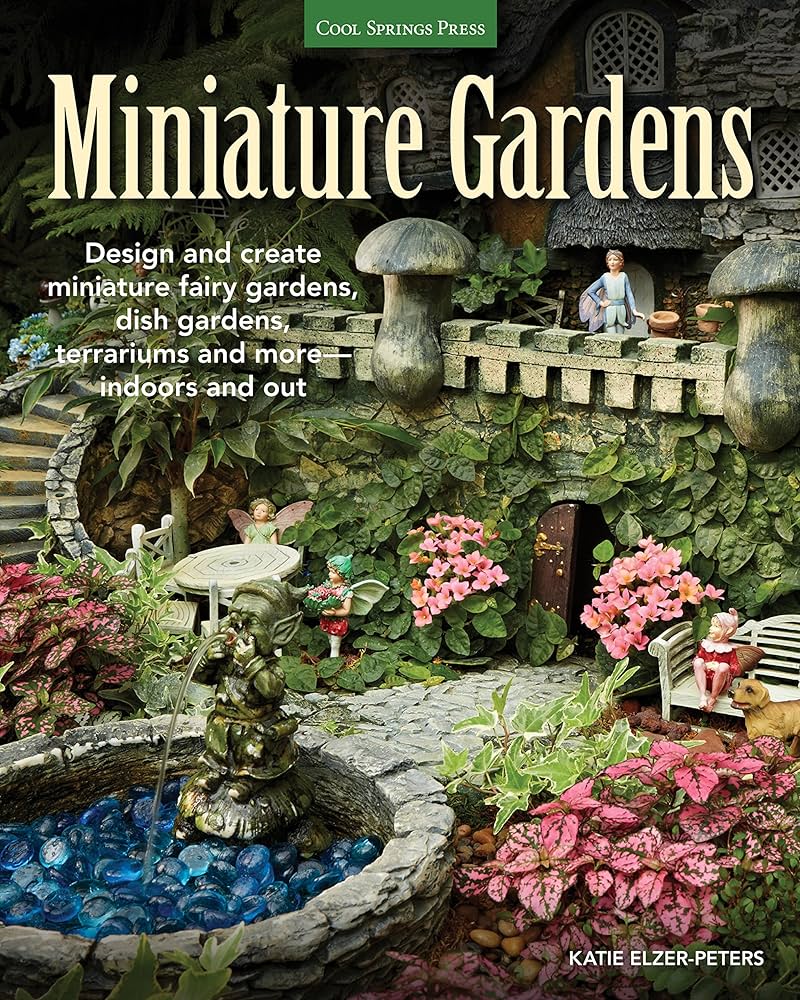Introduction
A dish garden plant arrangement offers a unique way to bring greenery indoors using a shallow container filled with a variety of plants. Unlike traditional potted plants, dish gardens combine multiple species in a compact, visually appealing display. This creates a mini indoor landscape that suits apartments, offices, or any space with limited room.
This article explores everything you need to know about dish garden plants—from selecting the right plants to caring for your garden effectively. We’ll also discuss design tips, common maintenance challenges, and expert advice to help your dish garden thrive.
What Is a Dish Garden Plant?
A dish garden is a shallow, open container planted with several complementary plants. Typically, these plants are low-growing and slow-spreading, making them ideal for confined spaces. Common containers include ceramic dishes, shallow bowls, or decorative trays.
Key Characteristics:
- Shallow soil depth due to container choice
- Multiple plant species arranged aesthetically
- Minimal vertical growth, focusing on ground cover or compact plants
Dish gardens differ from terrariums, which are enclosed and maintain higher humidity. Dish gardens rely on normal room conditions and require regular watering and care.
Choosing the Right Plants for Your Dish Garden
Selecting compatible plants is crucial for a thriving dish garden. Consider growth habits, light requirements, and moisture preferences.
Ideal Plants for Dish Gardens:
- Succulents (e.g., Echeveria, Haworthia): Require bright light and low water
- Miniature ferns (e.g., Button fern): Prefer indirect light and higher humidity
- Mosses: Add lush green ground cover; need moist conditions
- Small tropical plants (e.g., Fittonia, Peperomia): Thrive in medium light and moderate moisture
Tips for Plant Selection:
- Match light and water needs to avoid plant stress
- Use slow-growing species to maintain size and reduce frequent replanting
- Combine textures and colors for aesthetic appeal
How to Assemble and Plant a Dish Garden
Creating a dish garden requires careful layering and arrangement.
Step-by-Step Guide:
- Choose a shallow container with drainage or add a drainage layer: Use small pebbles or activated charcoal to prevent waterlogging.
- Add well-draining soil mix: Cactus or succulent mixes work well for low-water plants; standard potting soil suits tropical plants.
- Arrange plants strategically: Place taller plants at the back or center and smaller ones around them.
- Plant carefully: Gently remove plants from pots, loosen roots, and place in soil.
- Water lightly after planting to settle soil.
Design Considerations:
- Leave enough space for plant growth
- Balance colors and leaf shapes
- Incorporate decorative elements like stones or figurines
Caring for Your Dish Garden Plant
Proper care ensures your dish garden remains vibrant.
Watering:
- Water sparingly to avoid root rot, especially for succulents
- Check soil moisture before watering; the top inch should be dry for succulents
- Tropical plants require more frequent watering
Light Requirements:
- Most dish garden plants prefer bright, indirect light
- Avoid direct sunlight, which can scorch leaves
Maintenance Tips:
- Remove dead or yellowing leaves promptly
- Fertilize monthly during growing season with diluted balanced fertilizer
- Repot or refresh soil every 1-2 years to maintain health
Common Challenges and How to Overcome Them
Overwatering and Root Rot
Cause: Excessive watering in shallow containers without drainage
Solution: Use drainage layers, water less frequently, and ensure proper soil mix.
Pest Issues
Common pests: Aphids, spider mites, fungus gnats
Prevention: Keep plants healthy, avoid overwatering, and inspect regularly.
Treatment: Use insecticidal soap or neem oil as needed.
Plant Overgrowth
Issue: Plants outgrow the container space
Solution: Trim plants periodically or replace with slower-growing varieties.
Conclusion
Dish garden plants provide an elegant and manageable way to enjoy indoor greenery, especially in limited spaces. By carefully selecting compatible plants, assembling the garden thoughtfully, and following proper care routines, you can create a lasting and beautiful miniature landscape. Remember to monitor watering closely and adjust light exposure to suit your plants’ needs.
Whether you’re a seasoned gardener or a beginner, dish gardens offer a rewarding project that combines creativity with nature’s calming presence. Start your dish garden today and bring a touch of green tranquility to your indoor environment!
